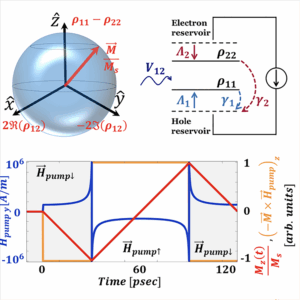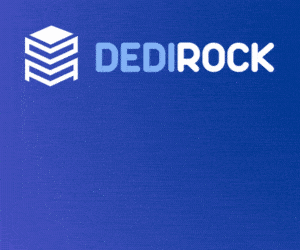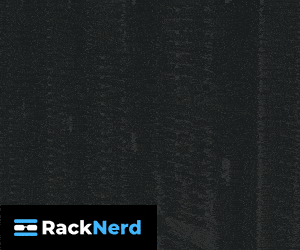 Believe it or not, in the early days of computing technology, the idea that random access memory (RAM) was temporary and volatile would have been considered bizarre. In some early mainframes – really anything made from the 50s through the early 70s – when you switched off the machine and later switched it back on, the system was restored to exactly the position it was at power down – including RAM.
Believe it or not, in the early days of computing technology, the idea that random access memory (RAM) was temporary and volatile would have been considered bizarre. In some early mainframes – really anything made from the 50s through the early 70s – when you switched off the machine and later switched it back on, the system was restored to exactly the position it was at power down – including RAM.
RAM in those systems was stored with magnetic core memory, which was extremely reliable as well. It powered the Apollo landings and all of thee early spacecraft.
It’s still around (though in much-updated forms), but for most systems it’s been replaced with the familiar dynamic RAM that we’re used to. Modern RAM uses electromagnets that can encode binary 0 or 1 in order to store information as they’re magnetized with voltage.
This week, an announcement from Hebrew University in Jerusalem heralded a new form of memory: using an optical laser beam to control the magnetic state in solids.
“It hints at the potential realization of ultra-fast and energy-efficient optically controlled MRAM and a seismic shift in information storage and processing across diverse sectors.” Professor Amir Capua, head of the Spintronics Lab within the Institute of Applied Physics and Electrical Engineering, said.
The full publication of the research is dense, as physics papers tend to be. This article summarizes it a bit more digestibly, as does Popular Mechanics.
If we get RAM that is (1) ultra-fast, (2) energy-efficient, (3) cheap, and (4) nonvolatile – admittedly, quite an impressive wish list – that would be revolutionary in computer science. Would we need storage drives at all? If RAM and storage are the same speed and cost, cut down on the complexity and just have everything in non-volatile RAM. At that point, you don’t need to “save your work” and boot times are sub-second.
Of course, the time from lab to actual shipping product can be years or longer. And things may not pan out. This wouldn’t be the first miracle memory technology that didn’t pan out.

























Leave a Reply